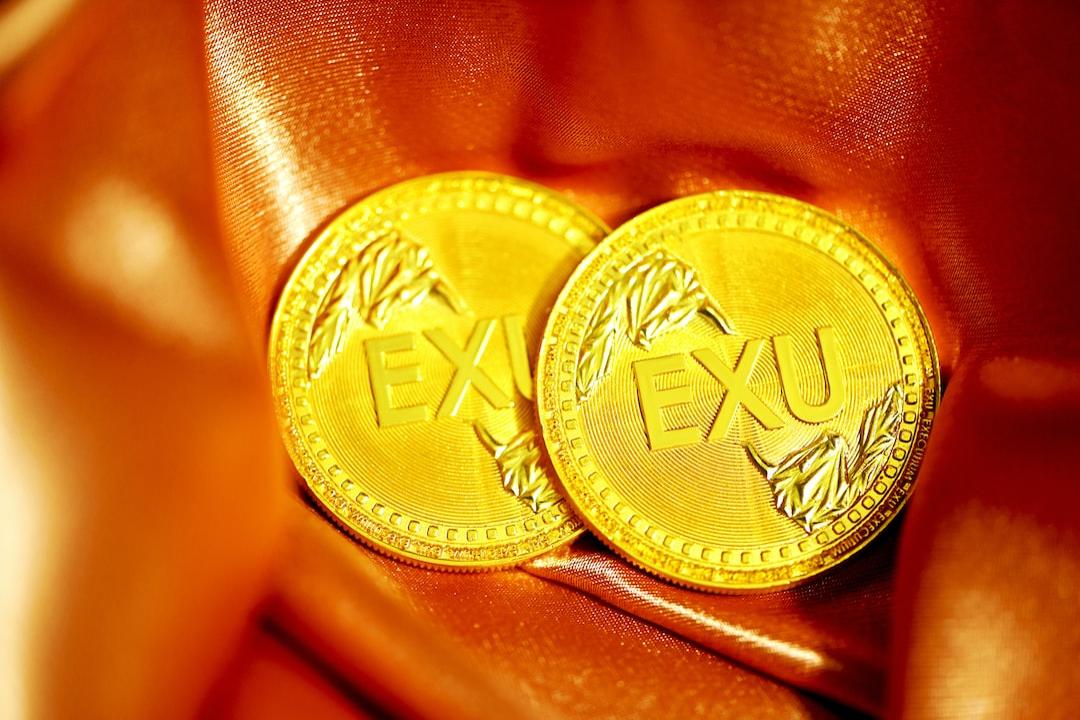YEREVAN (CoinChapter.com) — The U.S. Securities and Exchange Commission’s (SEC) Crypto Task Force met with representatives from the Blockchain Association on Feb. 4 to discuss regulatory challenges facing the digital asset industry. According to SEC records, the association outlined six key priorities. These included the need for clearer staking regulations, exchange-traded product (ETP) guidelines, and a pro-innovation approach to broker-dealers, custodians, and exchanges.
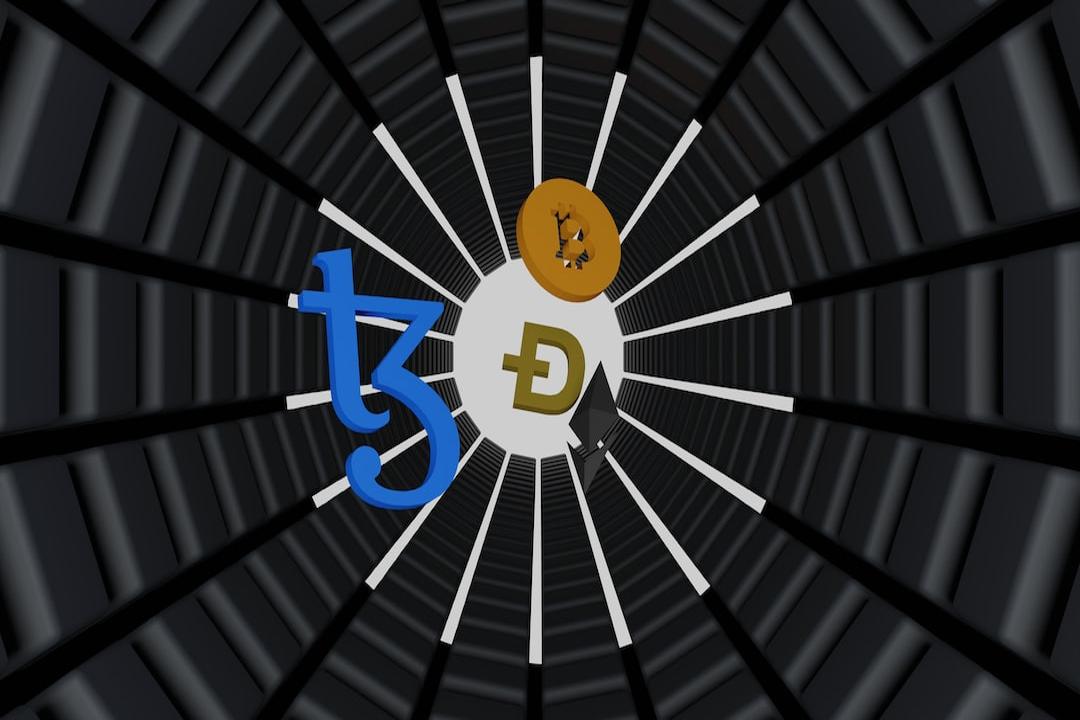
The Blockchain Association urged the SEC to establish uniform ETP standards and ensure that protocol staking is not classified as a security. The group also called for a review of past SEC rulings that it believes were misinterpretations of the law. Commissioner Hester Peirce had previously suggested a retroactive regulatory review to correct these issues.
Additionally, the association pushed for consistent rules across trading venues to reduce uncertainty for market participants. The group argued that regulatory clarity would provide a stable foundation for crypto businesses and ensure compliance with federal laws.
Jito Labs and Multicoin Capital Discuss Staking in Crypto ETPs
On Feb. 5, Jito Labs and Multicoin Capital met with the SEC Crypto Task Force to discuss adding staking to ETPs. The firms presented staking as a fundamental aspect of proof-of-stake (PoS) tokens and highlighted its role in securing blockchain networks.
The discussion followed the SEC’s approval of spot Ether (ETH) ETPs last year. This required issuers to remove staking rewards from their funds. However, Jito and Multicoin Capital noted that the SEC might now be open to revisiting staking in ETH and other crypto ETPs. They also referenced new applications for a Solana (SOL) ETP, suggesting that staking could be included in future filings.

Andreessen Horowitz Weighs in on Token Classification
On Feb. 5, 2025, the U.S. Securities and Exchange Commission’s (SEC) Crypto Task Force met with representatives from AH Capital Management, LLC (Andreessen Horowitz) to discuss regulatory approaches for crypto assets. The meeting focused on token classification, issuance, and the role of market intermediaries in handling digital assets. Andreessen Horowitz emphasized the need for clear regulatory definitions to guide market operations.
The firm highlighted the evolving nature of crypto tokens and how their classifications impact market dynamics. They argued that the SEC’s regulatory framework should consider decentralized finance (DeFi) models and avoid applying outdated rules that may not align with current technologies. This approach aims to foster innovation while ensuring compliance within the crypto industry.
Additionally, Andreessen Horowitz provided documents during the meeting to support their perspectives on effective crypto asset regulation. These materials aimed to facilitate a comprehensive discussion on creating a balanced regulatory environment that addresses both investor protection and the unique aspects of digital assets.
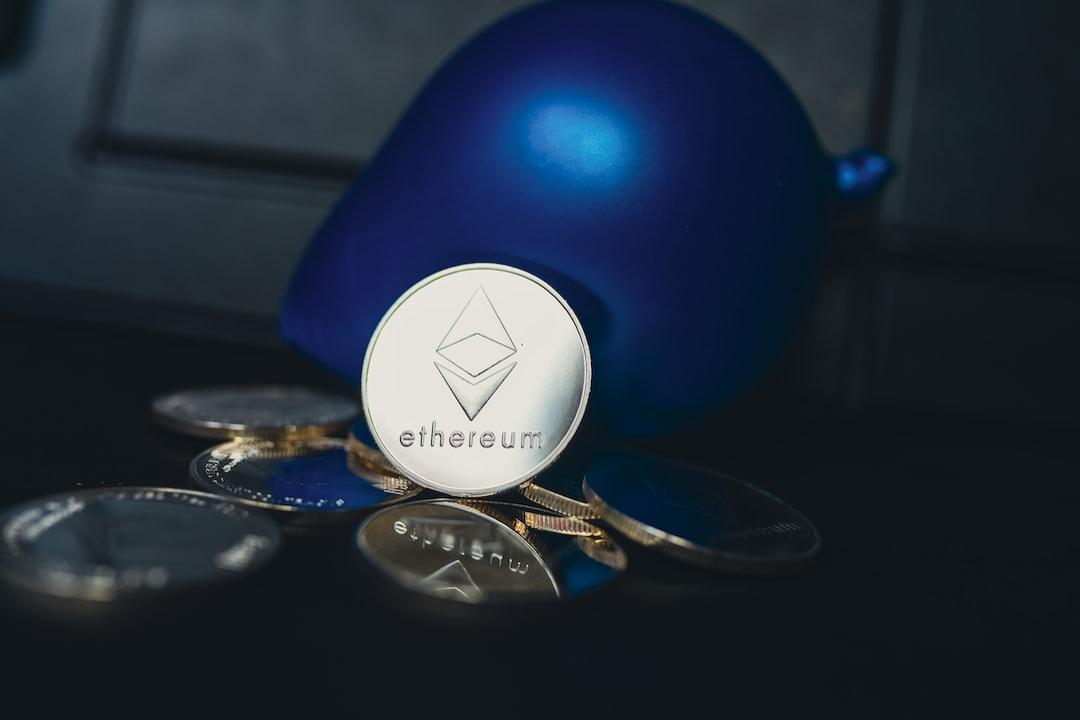
Nasdaq Pushes for Regulatory Clarity on Crypto Trading Venues
On Feb. 6, 2025, representatives from Nasdaq, Inc. met with the SEC’s Crypto Task Force to discuss regulatory approaches for digital asset trading platforms. Nasdaq emphasized the need for a clear and practical distinction between digital asset securities and commodities. It suggests that such clarity is essential to determine the appropriate regulatory jurisdiction, whether it be the SEC, the Commodity Futures Trading Commission (CFTC), or both. They proposed that, in cases where classification is ambiguous, a common regulatory framework acceptable to both agencies should be established, incorporating core regulatory features like investor protection.
Furthermore, Nasdaq advocated for a regulatory framework that allows non-securities digital assets to trade alongside securities on the same platforms. They argued that this approach would provide consistent regulatory oversight, enhance transparency, and align the crypto market more closely with traditional financial markets. Nasdaq also expressed support for the Task Force’s efforts to bring regulatory clarity to digital assets. This would emphasize the importance of a framework rooted in existing federal securities laws, tailored to account for the unique characteristics of digital asset securities.
Additionally, Nasdaq highlighted the importance of interim relief for existing digital asset issuers and trading venues pending the establishment of a permanent regulatory regime. They cautioned, however, that such interim solutions should be clearly temporary, with defined expiration dates, to prevent them from becoming de facto permanent measures.
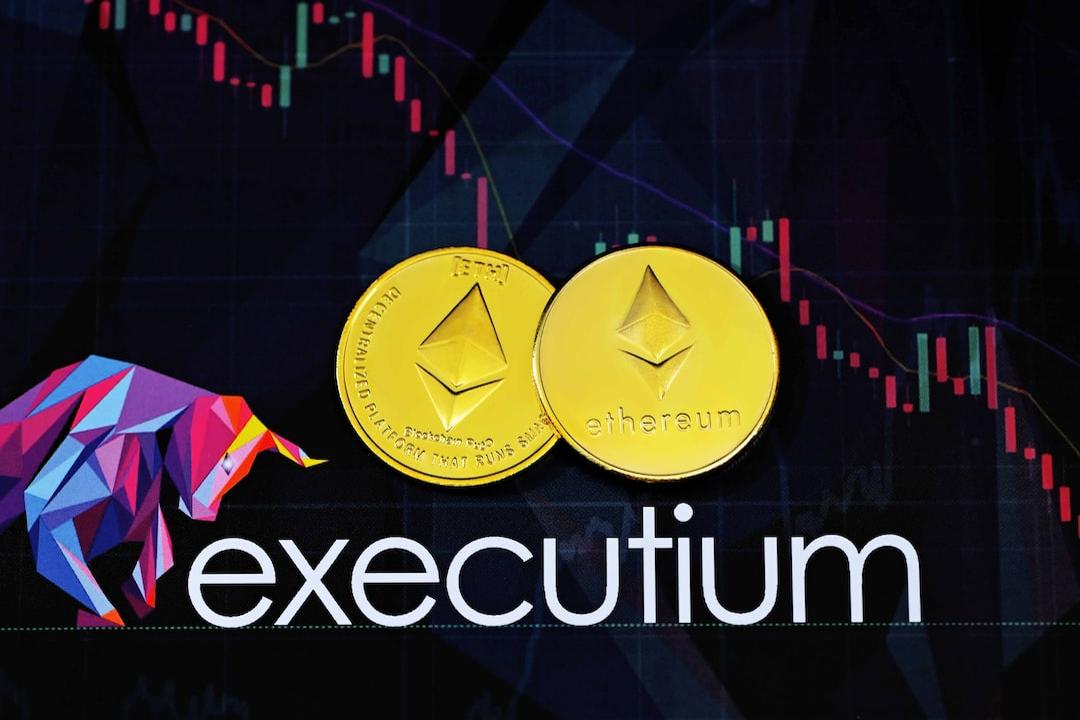
Sullivan & Cromwell Discusses Securities Law in Blockchain
On Feb. 7, Sullivan & Cromwell, a bankruptcy law firm and former FTX counsel, sent Colin D. Lloyd to meet with the SEC’s Crypto Task Force. The discussion focused on how securities law applies to blockchain technology and its evolving regulatory landscape.
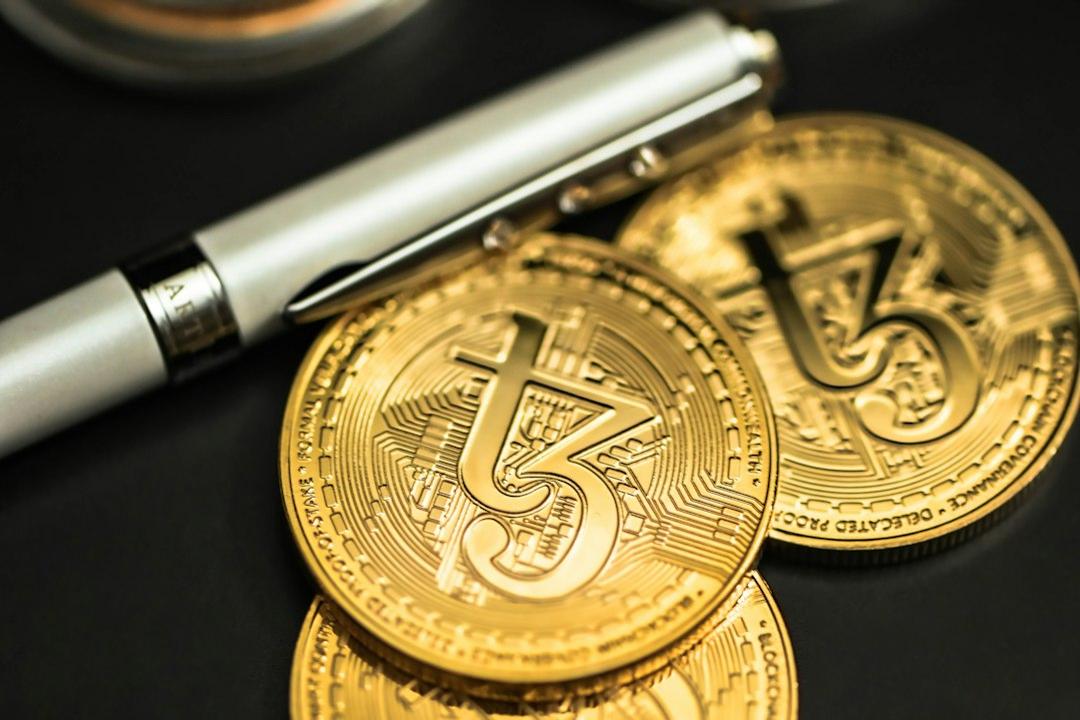
The firm provided insights into legal challenges related to crypto asset classification, investor protection, and enforcement actions. The meeting also covered potential legal frameworks that could guide crypto-related court cases and ensure that market participants comply with federal securities laws.
SEC Crypto Task Force: US Lawmakers Review Crypto Regulations After Trump’s Election
The election of Donald Trump has led to expectations of a policy shift in the U.S. crypto market. The SEC’s Crypto Task Force, now led by Hester Peirce, was formed on Trump’s second day in office. Peirce has pledged to address the “regulatory mess” left by former SEC Chair Gary Gensler, who initiated over 125 enforcement actions against crypto firms.
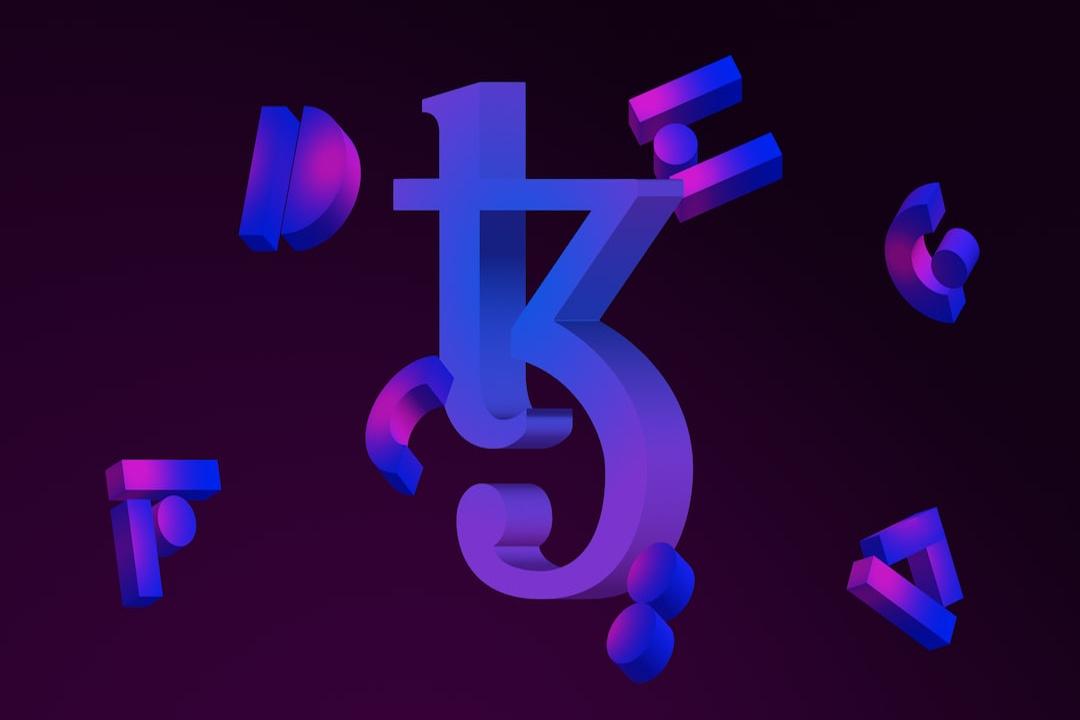
On Feb. 11, the U.S. House Subcommittee on Digital Assets, Financial Technology, and Artificial Intelligence held a hearing with five key witnesses to discuss the future of crypto regulations. Participants included:
Above all, the debate highlighted ongoing concerns over regulatory uncertainty, with crypto industry leaders calling for a more structured framework to support market growth.

